Last week at the COP26 in Glasgow, more than 100 nations took the Global Methane Pledge and committed to reducing emissions of this dangerous greenhouse gas 30% by 2030. It was a shining moment in history as the world’s people came together to act for the common good.
When I say “the people of the world”, I actually don’t mean all of them. [Read more…]

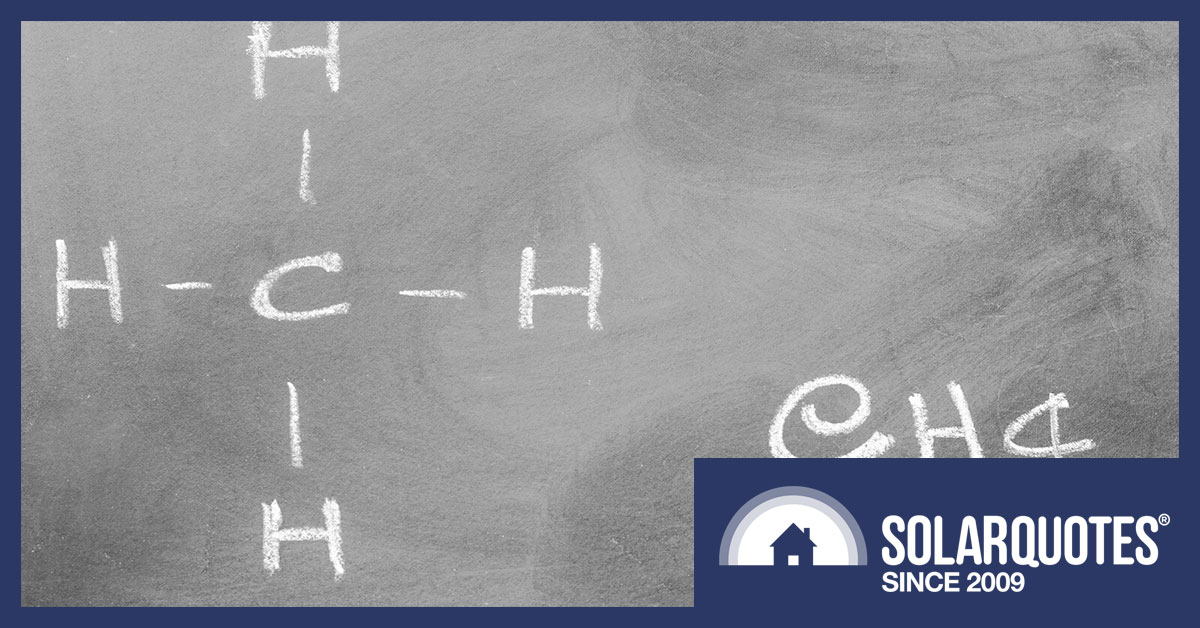
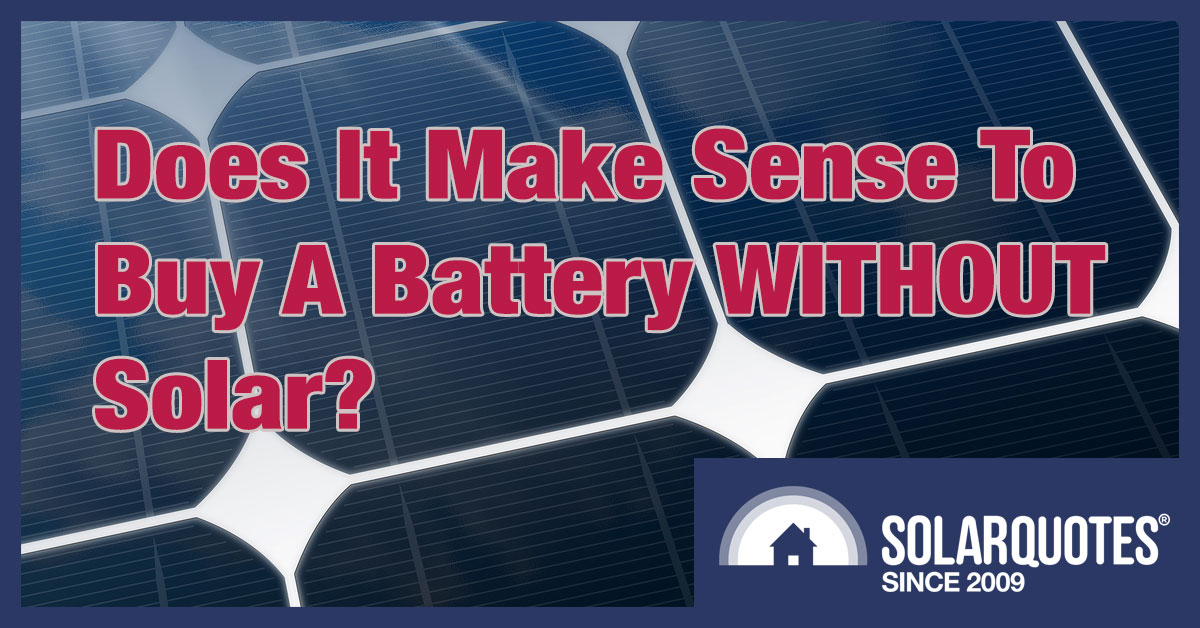
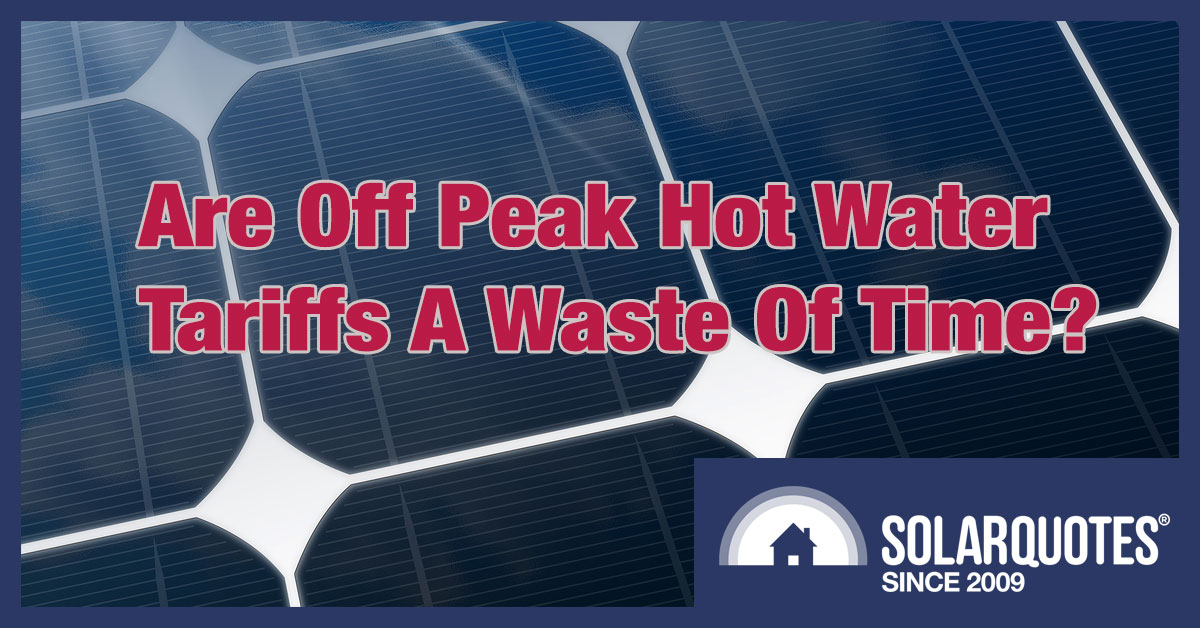
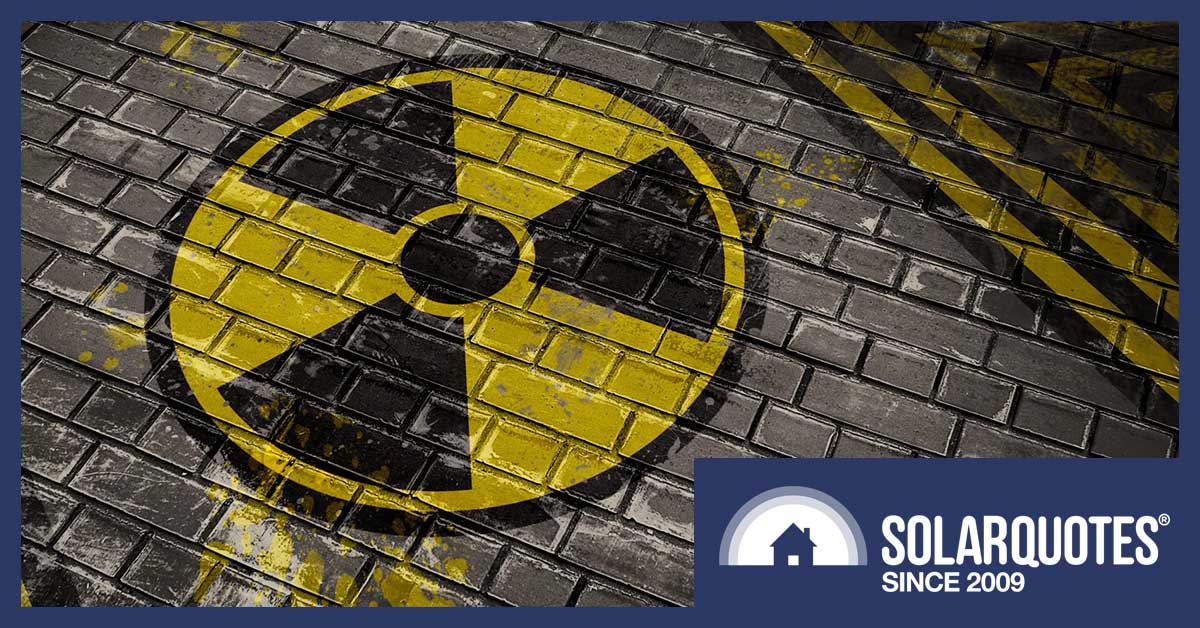
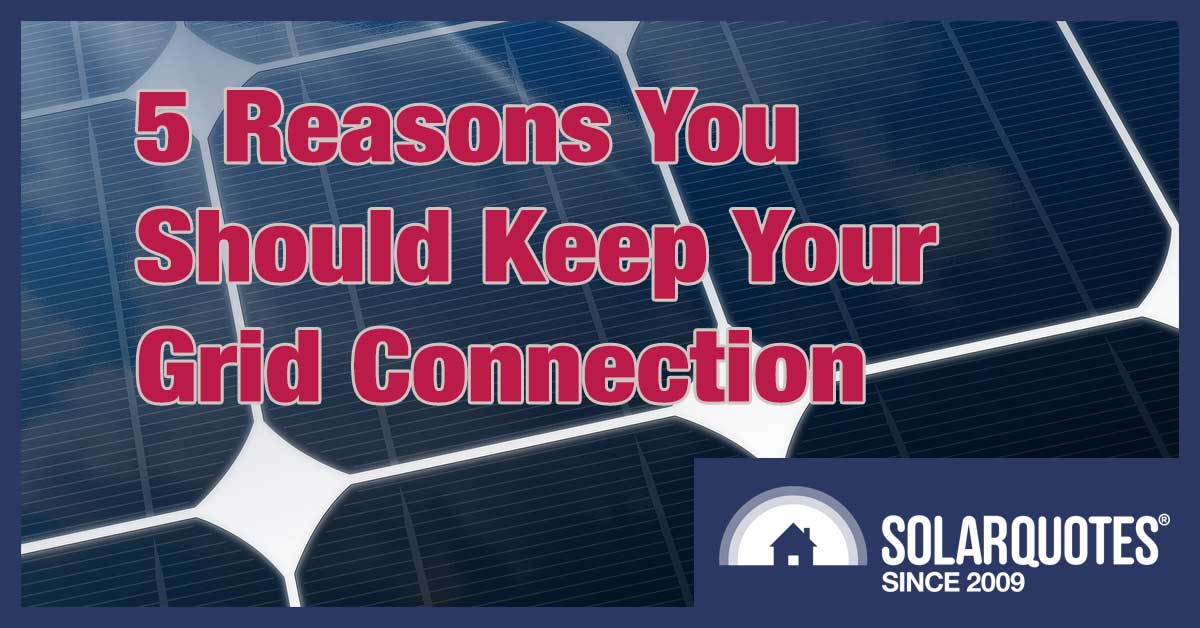


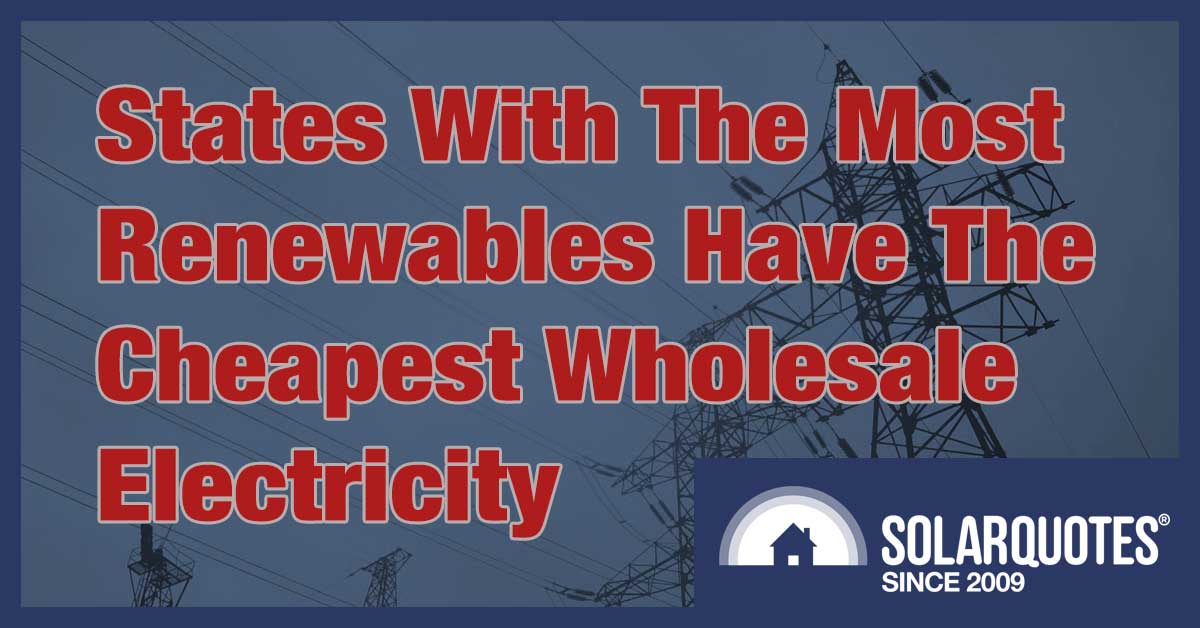
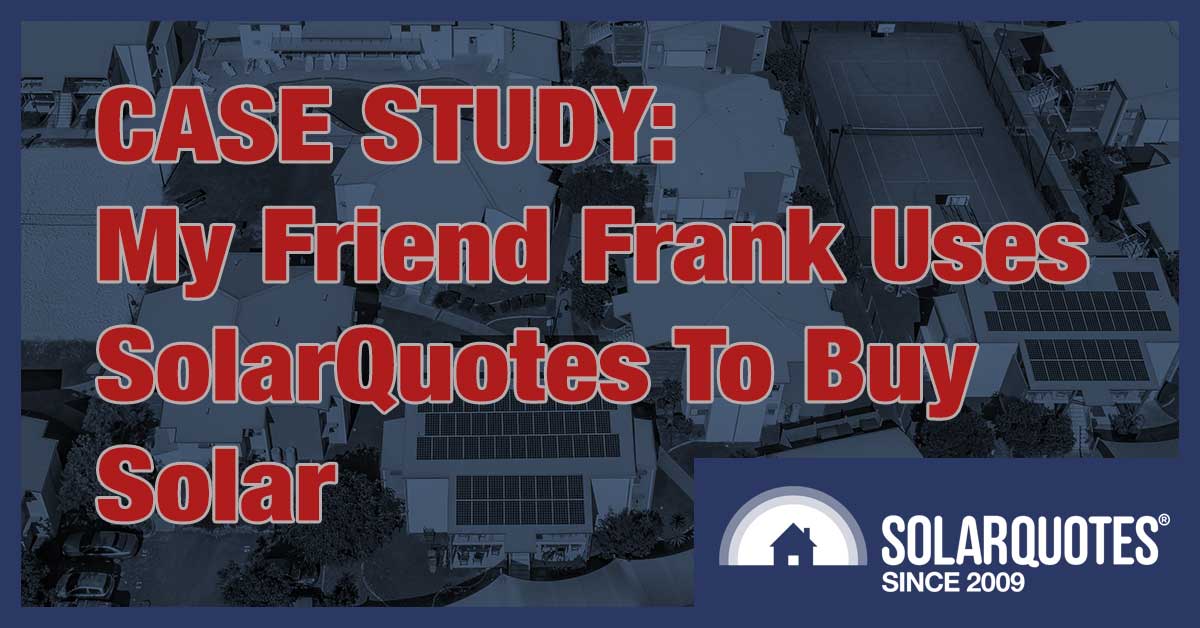
 RSS - Posts
RSS - Posts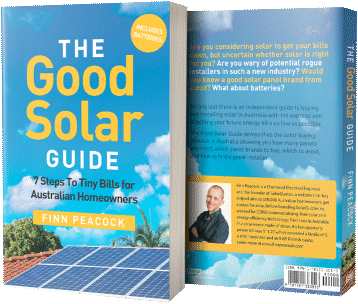


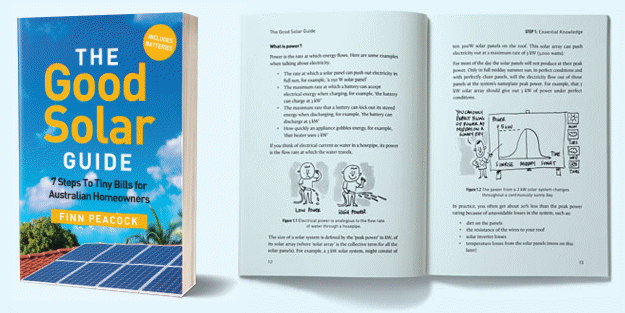
Currently Raging Debates: